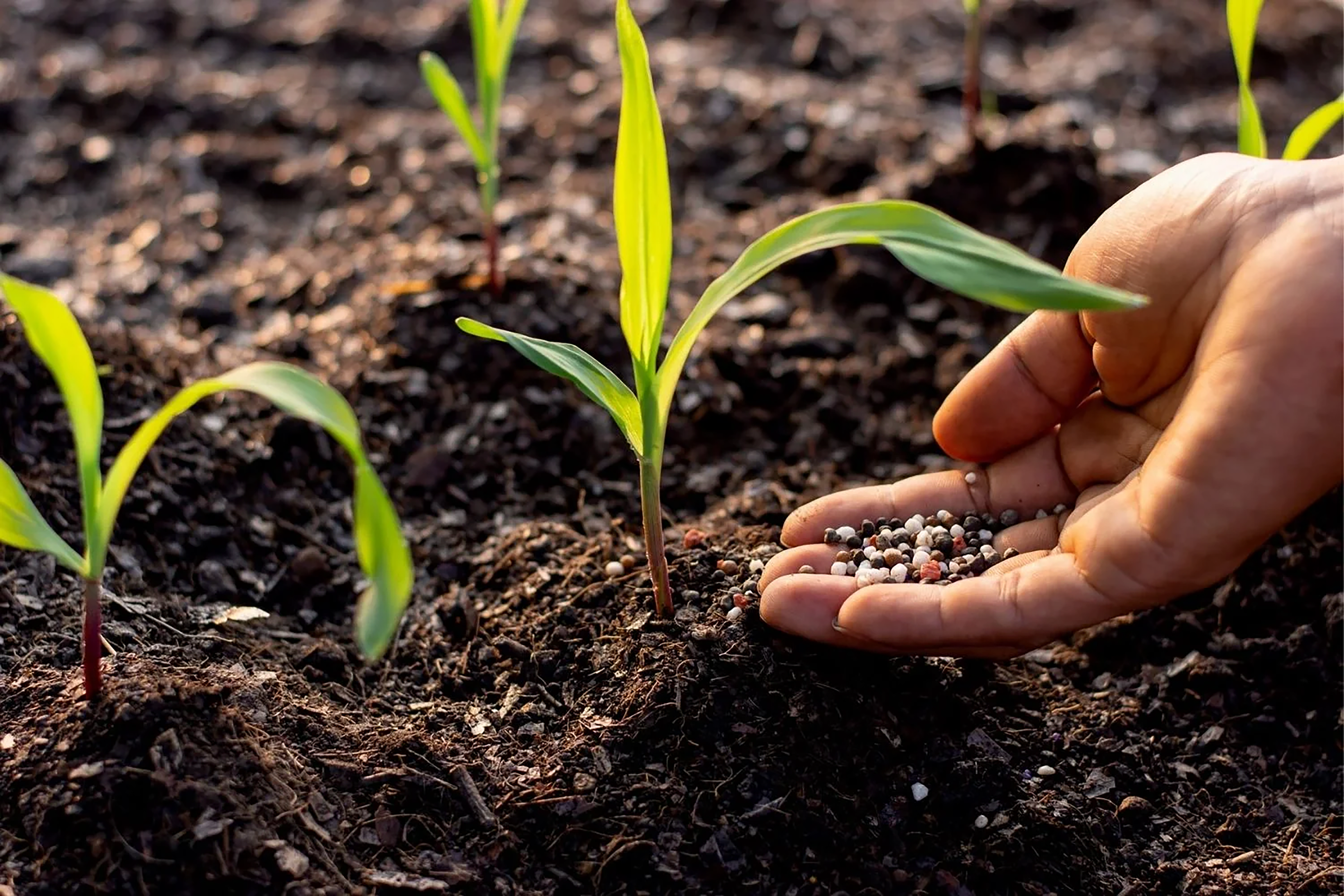
Urea is highly concentrated and highly efficient common source of nitrogen (46% min.), which comes in prilled and granular forms.
Thanks to its high concentration, Urea is considered as the best source of nitrogen for aerial application, and also the higher nitrogen content means lower transportation and application costs per pound of nitrogen.
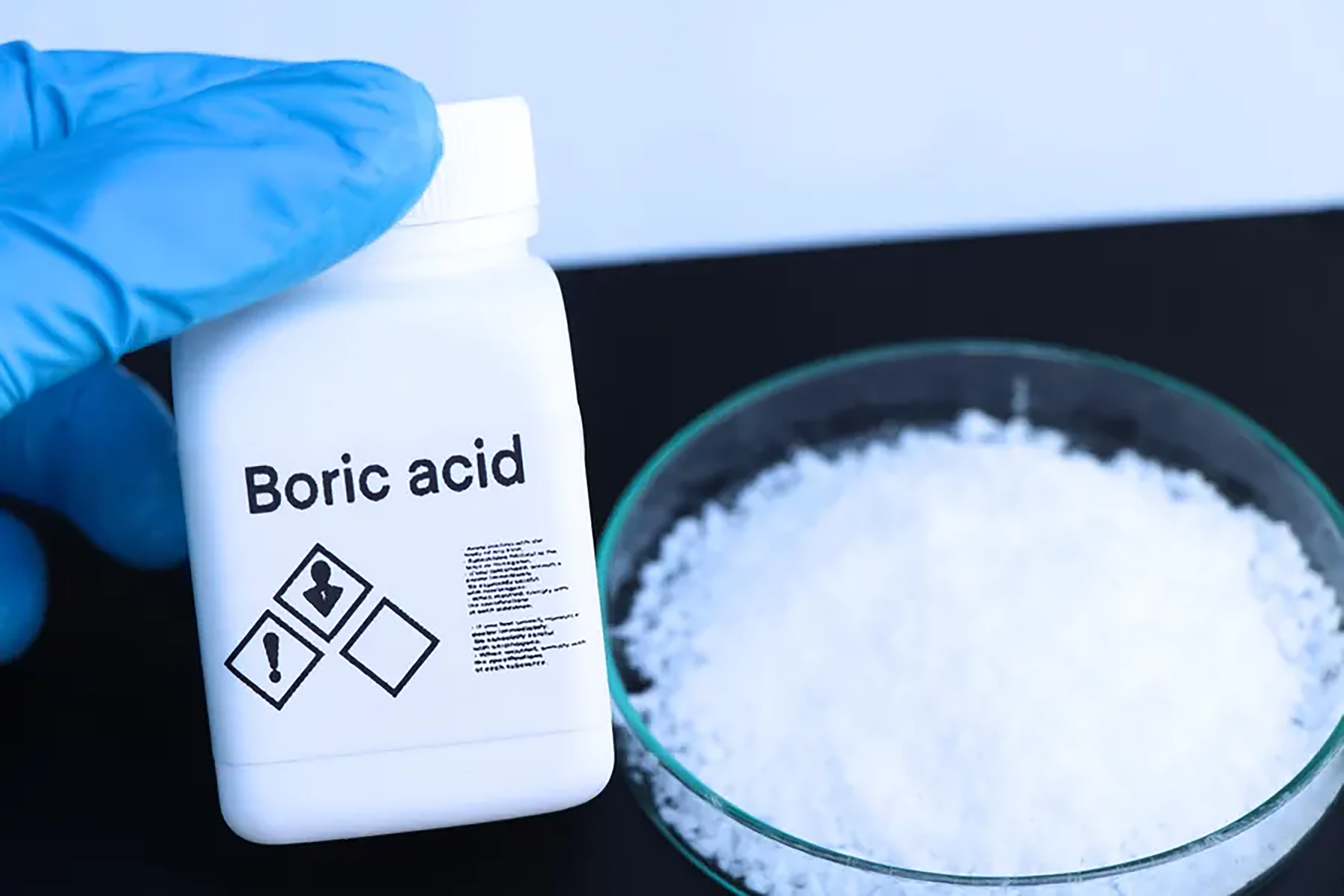
Boric acid is a water-soluble white compound and occurs naturally. It consists of oxygen, boron, and hydrogen. It is claimed to have antifungal and antimicrobial properties. Always consult your healthcare provider before applying boric acid to any body part. It is irritating to the skin and may cause severe reactions.
Boric acid is often used as an antiseptic, insecticide, flame retardant, neutron absorber, or precursor to other boron compounds.
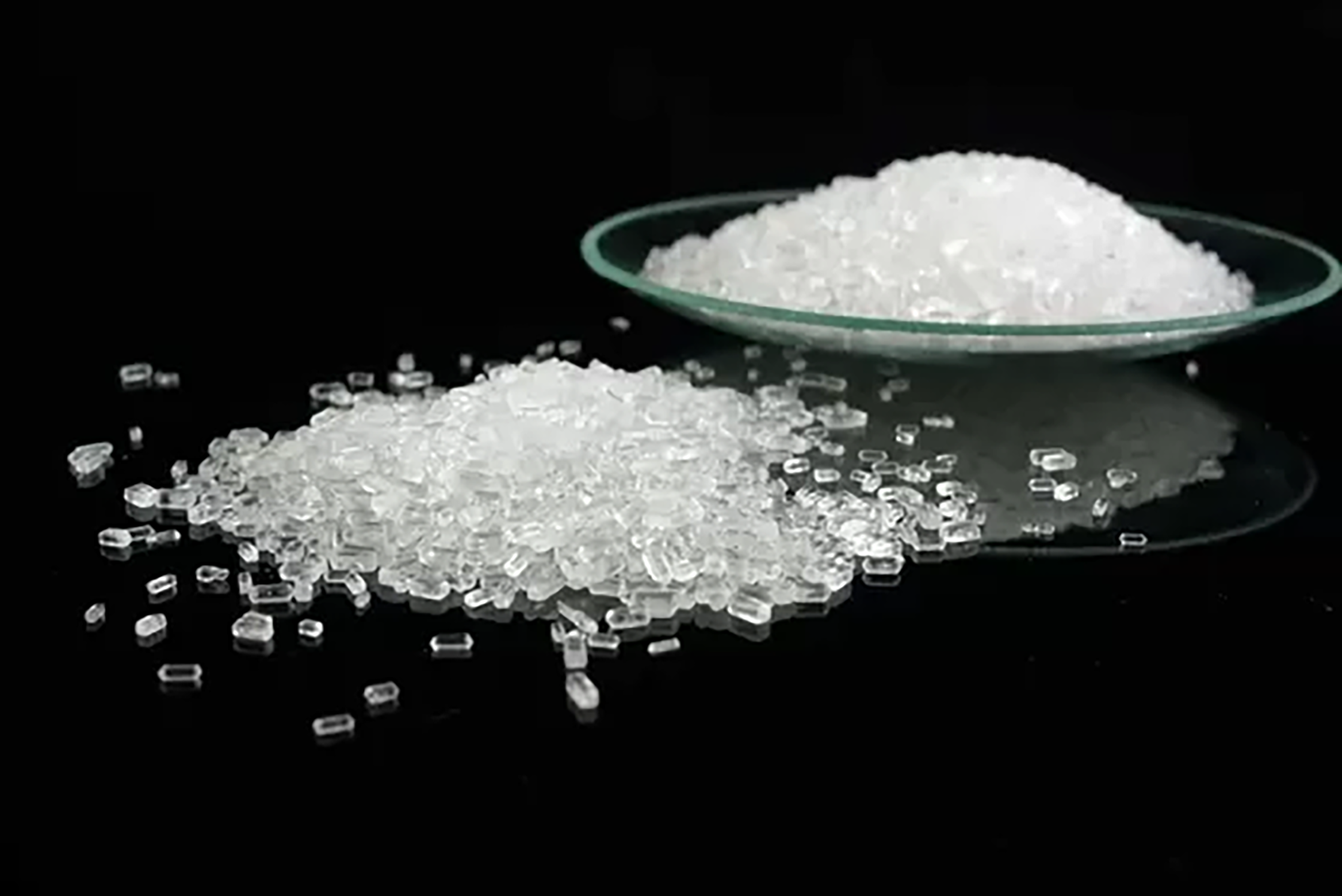
Ammonium sulfate, 98+%, Thermo Scientific ChemicalsAmmonium sulfate is widely utilized as a fertilizer for alkaline soils. In biochemistry it is used for purification of proteins via ammonium sulfate precipitation method. As a food additive, it serves as an acidity regulator in flours and breads.
Ammonium sulfate (D8, 98%) is an inorganic sulfate salt that serves a variety of roles (e.g. fertilizer). It is commonly used as the nitrogen source in cell growth media for protein expression of isotopically labeled proteins.
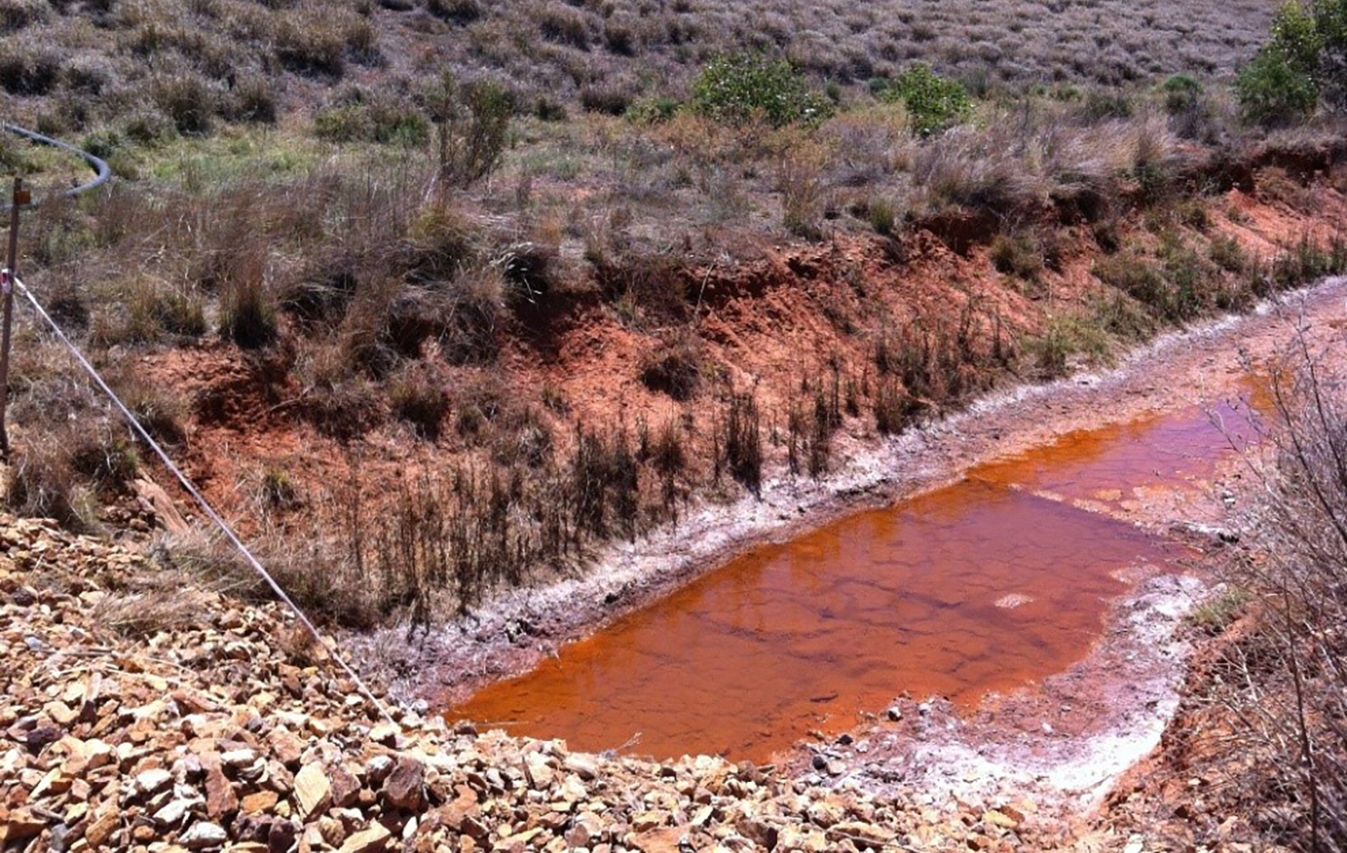
Acid sulfate soils are natural sediments that contain iron sulfides. They are common along the NSW coast. When disturbed or exposed to air these soils can release acid, damaging built structures and harming or killing animals and plants.
Left undisturbed, acid sulfate soils do not present any risk. But when they are exposed to air, the iron sulfides they contain react with oxygen to create sulfuric acid.
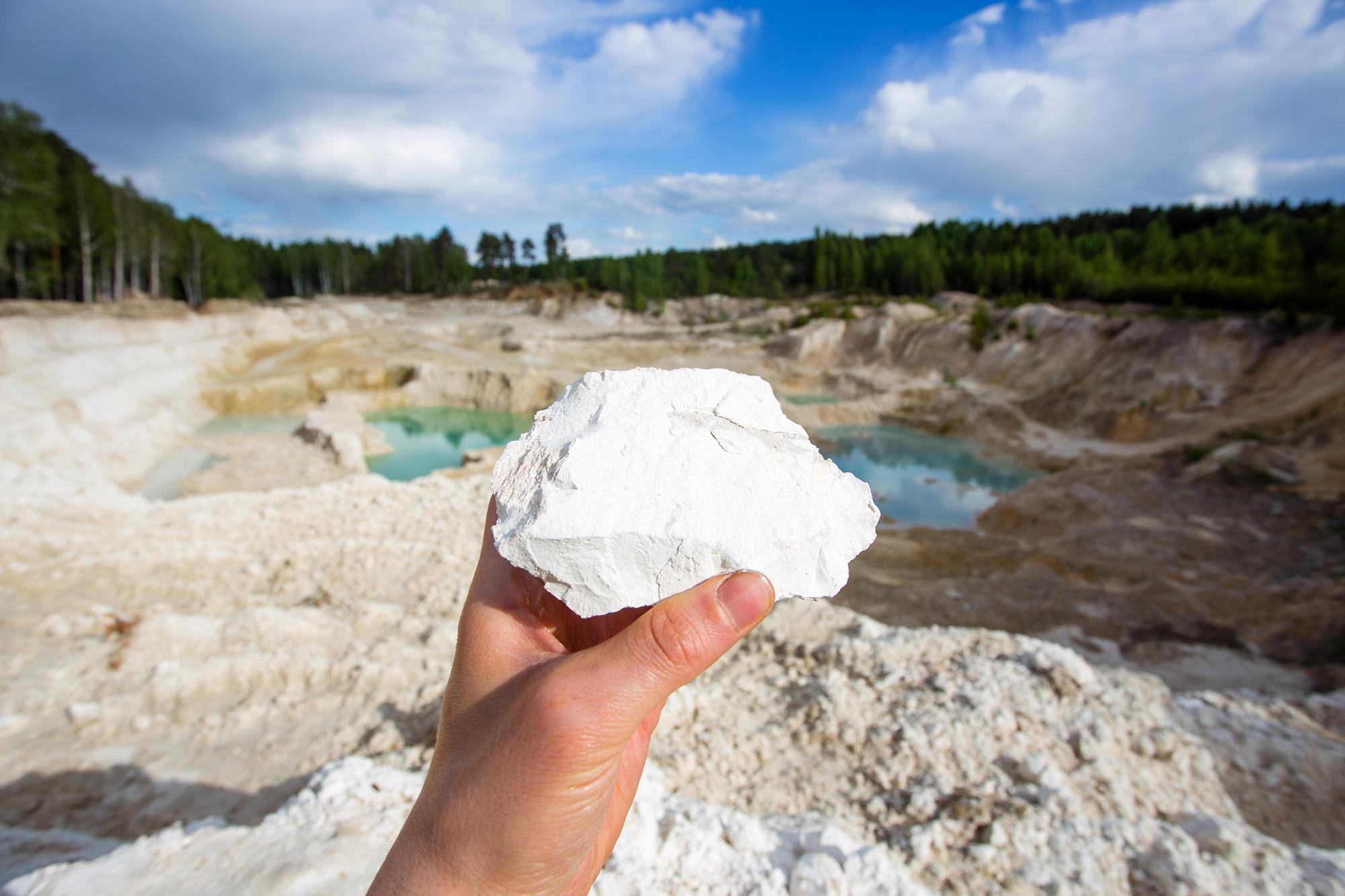
Kaolin, is a hydrated aluminum silicate crystalline mineral formed over many millions of years by the hydrothermal decomposition of granite rocks. Hydrous kaolin is characterized by its fine particle size, plate-like or lamellar particle shape, and chemical inertness.
Kaolin is an aluminosilicate soft white mineral named after the hill in China (Kao-ling) from which it was mined for centuries. In its natural state kaolin is a white, soft powder consisting principally of the mineral kaolinite, and varying amounts of other minerals such as muscovite, quartz, feldspar, and anatase. It is used in the manufacture of china and porcelain and also widely used in the production of paper, rubber, paint, drying agents, and many other products. It has a role as an excipient and an antidiarrhoeal drug. It is a mixture and an aluminosilicate mineral. It contains a kaolinite.